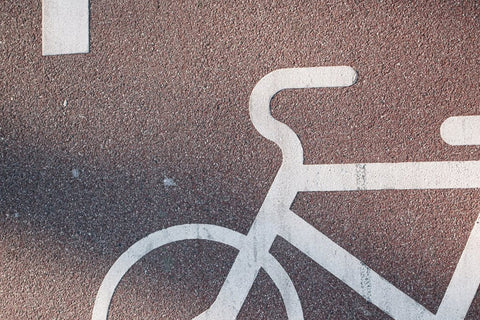
For months now our lives have taken a 180-degree turn. We have seen our daily activities, our social and work life and our family relationships turned upside down.
We are spending more time at home than ever before and we may not have noticed some interesting things that have happened in these months.
Because one thing we have certainly learned in this time is that we are strong, resilient and able to apply what we have learned to the benefit of all: ourselves and the planet. And that is why, from one part of the planet to another, the term "green and smart city" has gained weight.
The months of lock down have taken us away from the streets and roads, leaving the way open for fauna and flora. Neighbors of Barcelona were amazed to see how the wild boars walked around the city; and dolphins were seen from Costa del Sol to the British coast. Even pumas walked the streets of Chile - a spectacle of nature!
With our forced confinement the water and the air of the planet were cleaner. In fact, 30% cleaner. And we have learned to see nature with different eyes, to understand it better and to understand that we are part of it. That's why we can't afford to go back to the pre-covid state.
Let's use the pandemic for something positive
Thus, many cities in the world have "taken advantage" of the fact that we were locked up at home to carry out plans and actions for the transition of the current cities to a more sustainable, green and healthy ones. One, in particular, in which many cities have coincided is in the improvement and expansion of bicycle lanes, why will it be?

Cities like Paris, Barcelona, Brussels, Berlin or London have not only improved the existing network but have also created new cycling infrastructures. In fact, of the 1,200 kilometers announced in Europe, more than 500 have already been developed. A declaration of intent: sustainable micro-mobility is the present.
And you, are you more of this or that?
Did you know that half of the daily journeys in urban centers are less than 5 kilometers? Therefore, the use of non-polluting means of transport, such as bicycles or electric scooters, beyond being a fad, is gaining followers every day. For comfort, speed, health and, yes, also for the environment. In countries like the United States, Germany, Italy, France, Japan and China, nearly 70% of the population claims to prefer alternative transport in the new normality. It is clear that the last mile mobility habits have changed.
Maximum security
Whether you are riding a bike or a scooter, or you are just getting started in this wonderful world of sustainable micro-mobility, there are a few recommendations to keep in mind. It is not mandatory in all countries to wear a helmet when moving around using non-polluting means of transport.
However, for your own safety it is highly recommended to use a helmet that is approved and has a safety certificate. If the helmet you use is CPSC, ANSI or ASTM approved you can be sure to have a safe helmet.

Comfort first
Another important aspect is comfort. It seems obvious but for a helmet to be safe it must fit your head and be comfortable. You should get one that fits you, and adjust it so it doesn't move (neither blocking your vision nor exposing your head in case of a collision).
If, in addition, you have impact diffusion systems better than better, what is this? Well, some helmets, like Closca Helmet and Closca Helmet Loop, have what is called micro-movements that, in case of impact, distribute the force over the entire surface, minimizing the impact in a single point.
We have the incredible opportunity to have seen what the world would be like if we changed our habits and to see that the change would be for the better. Not only for the planet, but for us.
Will you join the #CitiesWithSoul challenge to make our cities better places to live in?



Hinterlasse einen Kommentar
Diese Website ist durch hCaptcha geschützt und es gelten die allgemeinen Geschäftsbedingungen und Datenschutzbestimmungen von hCaptcha.